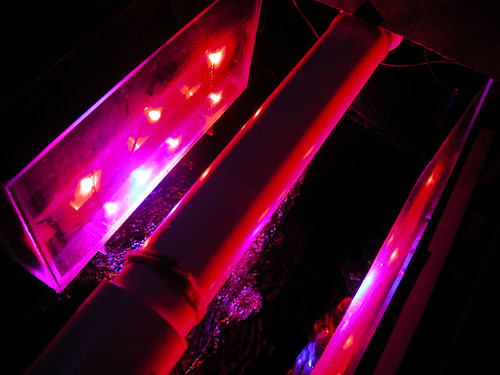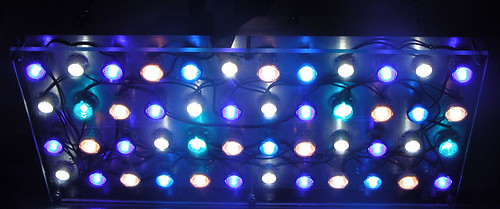
Originally Posted by
gmoney243

Cfl/t5 put off a lot higher par numbers a new cfl at 4" has 600+ par and this is with cheap walmart lamps. T5 at 2" is more like 800+ been a wwhile since I've done par meter tests but leds are much less unless u put them close together and use optics even then my leds over my yank only run like 400 at water surface but at corals its 300-350 sand bed is 250 not a lot of drop off through water unlke other lights. With leds anything over 400 and corals bleach MH/T5 the numbers are much higher. There's been a lot of testing In our local reef club who has an apogee par meter the $350 one. I'm guessing that the reason for your display algae is that you have more par in your tank then with your scrubber. Adding more leds should fix this which is why I'm wondering how much spacing and if your using optics. I'm looking to build a led scrubber also but my cfl one works so good hard to switch especially since leds are all just testing and I have yet to see anyone mention any par numbers with any scrubber. On a side note a cfl bulb after 3 months drops down to 50-75 par from 600+
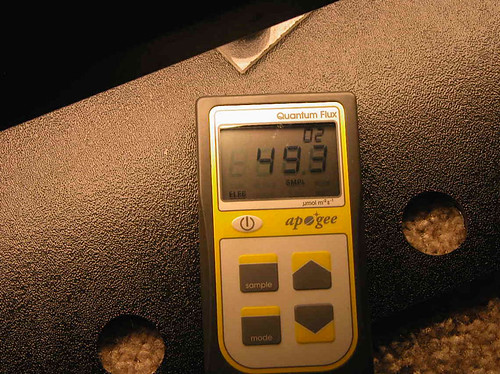
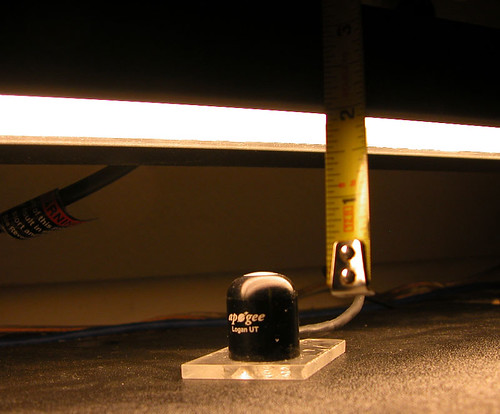






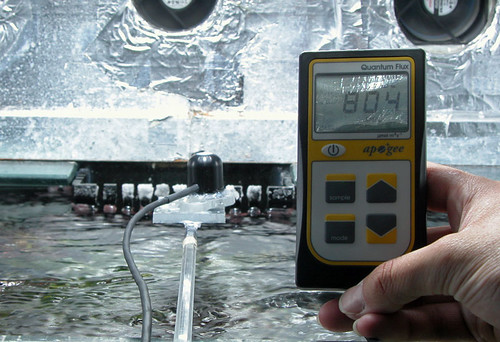

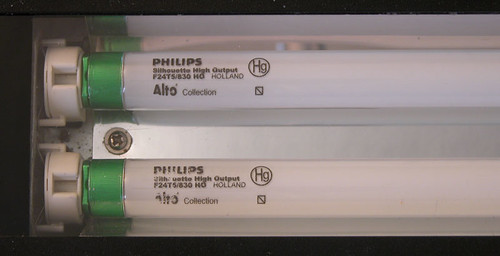
 Reply With Quote
Reply With Quote